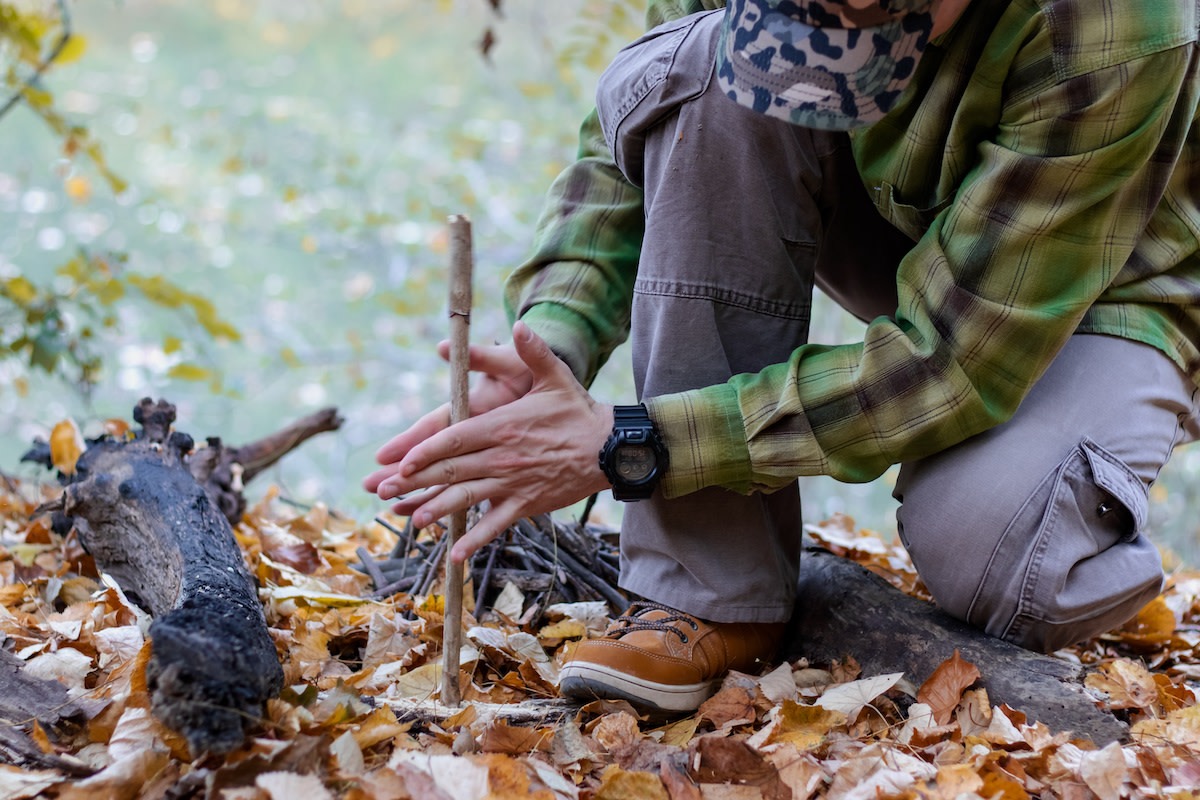Heading into the wild sounds like freedom. But without the right skills, it turns fast into panic, exhaustion, and danger.
You need more than gear. You need to know how to stay alive when nature turns unpredictable.
Key Highlights
- Navigation must be your first priority, even before packing snacks.
- Water sources can save your life or ruin your health if you guess wrong.
- Fires protect more than your warmth—they signal, sanitize, and scare off threats.
- Shelter building is not optional when temperatures drop or storms hit.
- First aid isn’t just for others—you need to treat yourself in tough terrain.
- Not carrying a proper survival kit is the fastest way to invite disaster.
Learn to Navigate Without Tech
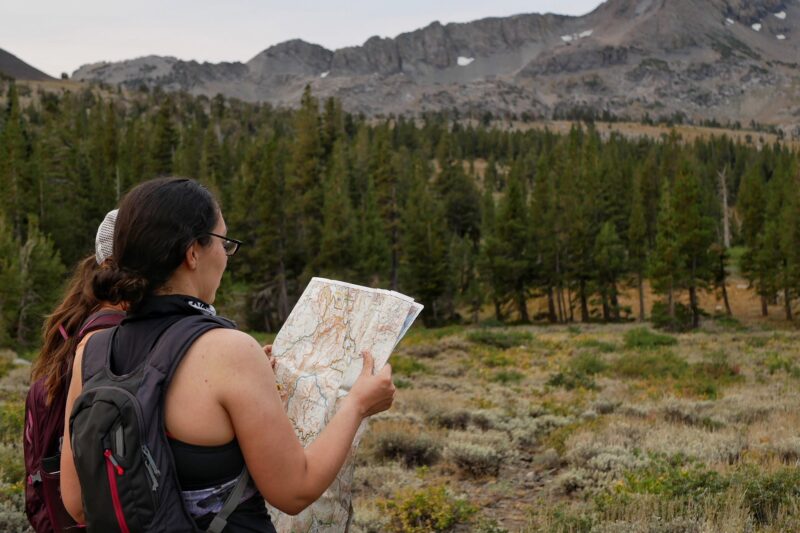
Maps look old-school. But batteries fail, GPS signals drop, and you’re left staring at trees that all look the same. A printed topographic map and a reliable compass can keep you alive.
Start by understanding contour lines. They show elevation changes and help you predict terrain. Rivers, ridges, and trails look very different on paper when you understand what you’re reading.
Quick tips:
- Always mark your starting point.
- Learn to orient your map using landmarks, not just magnetic north.
- Avoid valleys after rain—they flood fast and get slippery.
Smart hikers don’t just learn this skill. They practice it. Often.
Always Carry a Reliable Survival Kit
No one plans to get lost. But weather changes, injuries happen, and paths disappear. The hikers who walk back safe are the ones who prepare before they leave.
A solid survival kit isn’t a luxury. It’s your backup plan when everything else fails.
You want something durable, waterproof, and compact enough to not slow you down. One excellent option is a PVC dry bag survival kit. These kits keep essentials dry even if fully submerged. Most come with a basic survival guide, but more importantly, you can customize them for different trip lengths and needs.
Whether you’re hiking solo for a few hours or exploring remote trails over several days, that waterproof bag might be the only thing between you and serious risk.
Find Water, Then Make It Safe
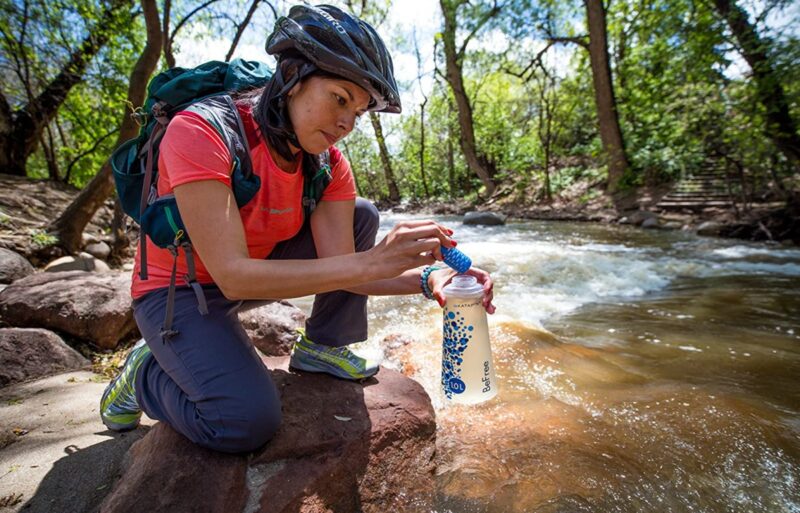
You can skip food for days. Water? Not a chance. Dehydration turns hikers into emergency cases fast. But drinking the wrong water turns you into a hospital case.
Never assume stream water is safe. Wild animals, parasites, or upstream pollution can ruin you.
Here’s what you do:
- Boil water for at least 3 minutes at higher altitudes.
- Carry purification tablets as backup.
- Use a portable water filter with a 0.1-micron pore size.
Relying on your body to “adapt” is a gamble that never ends well.
Know How to Build a Fire in Any Condition
Fire is your greatest tool outdoors. It keeps you warm, cooks food, sanitizes water, and signals for help.
Don’t depend on just a lighter. Lighters break. Matches get wet. Wind wins. Learn to start a fire using three backup methods:
- Ferro rods
- Waterproof matches
- Fire starter cubes
Collect both dry and wet wood types. Use bark or cotton balls with petroleum jelly as tinder. Set your base with small twigs before adding thicker sticks.
Important: Never wait until nightfall. Set your fire before temperatures drop.
Shelter Can Save You Overnight
Exposure kills. Even in warm climates, temperatures crash when the sun disappears. A quick shelter shields you from rain, snow, wind, or sunburn.
You don’t need a tent—just know how to work with what you have. Learn to build tarp shelters using paracord and anchor points. Use logs and rocks as structural support. In snowy conditions, a snow cave provides insulation and safety.
If your gear includes an emergency blanket or bivy sack, learn how to combine it with natural materials for better coverage. Knowing how to pick a proper location—elevated, dry, and shielded—can make the difference between a rough night and a life-threatening one.
Know Basic First Aid for the Outdoors
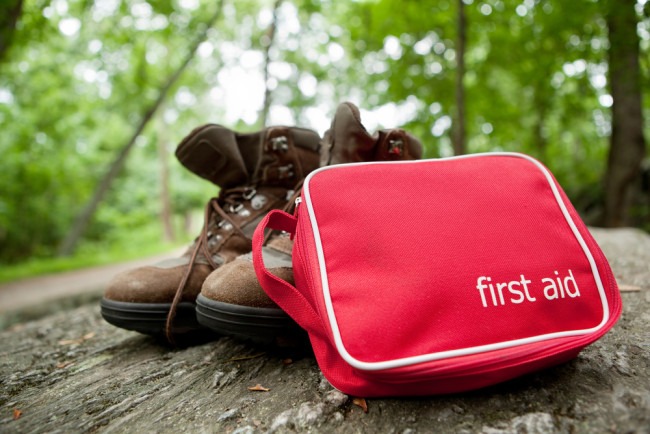
Out there, help can’t reach you fast. You have to handle injuries alone, at least for a while. A twisted ankle, deep cut, or allergic reaction can go south quickly if ignored.
Focus on the basics first:
- Clean wounds with purified water.
- Use bandages or even duct tape in a pinch.
- Know how to splint a limb using sticks and fabric.
Take a basic first aid course. Learn CPR. Understand how to manage shock. Most first aid kits won’t help unless you actually know what to do with the gear inside.
Signal for Rescue
Even with all your prep, there might come a moment where you need help. That’s when signaling becomes vital.
You want to be seen and heard—day or night.
Effective tools include:
- Signal mirrors
- Whistles (carry one that works even when wet)
- Bright-colored tarps or clothing
- Smoke signals from green branches over your fire
Learn the universal distress signal: three short bursts of sound or light spaced apart. Repeat after a pause. It’s not just a random trick—it can save your life.
Study Animal Behavior and Stay Calm
Most wild animals avoid humans. But that doesn’t mean you’re safe. Bears, moose, snakes, or even territorial birds can become threats when surprised.
Never hike with earbuds in. Make noise on the trail—talk, clap, or drag trekking poles. If you spot an animal, don’t run. Keep eye contact, back away slowly, and stay calm.
Hang food far from your sleeping area. Use odor-proof bags if possible. And don’t forget—animal safety is also your safety.
Food: Important, But Don’t Let It Weigh You Down
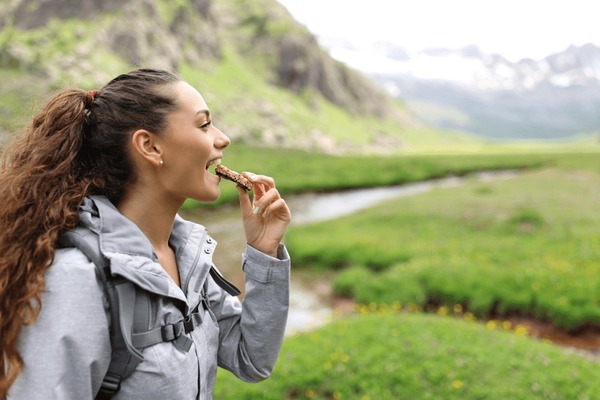
Yes, you need calories. But no, you don’t need a feast. Pack dense food that doesn’t spoil fast and won’t weigh down your pack.
Good options:
- Energy bars
- Peanut butter packets
- Dehydrated meals
- Trail mix
Always carry extra. Two days’ worth minimum. If you get stuck, those rations give you time to be rescued or find your way back.
Weather Can Turn on You in Hours
Forecasts lie. Mountains make their own weather. If you’re not paying attention, clear skies can turn into thunderstorms in under an hour.
Learn to read:
- Cloud patterns
- Wind shifts
- Sudden drops in temperature
Always carry a light, waterproof jacket—even in summer. Hypothermia kills hikers every year, even in warm seasons.
Know when to turn back. Pride kills. Survival means staying smart, not proving something.
Final Word: Train Before You Hike
Every one of these skills works best when it’s second nature. Don’t wait until you’re tired, cold, or scared to try them for the first time.
Start now. Practice at home. Go on short hikes. Push your limits in safe ways. The more confident you get, the less panic you’ll feel when something goes wrong.
A real hiker doesn’t just carry gear. They carry knowledge.
Stay sharp. Stay safe. And never underestimate the trail.

